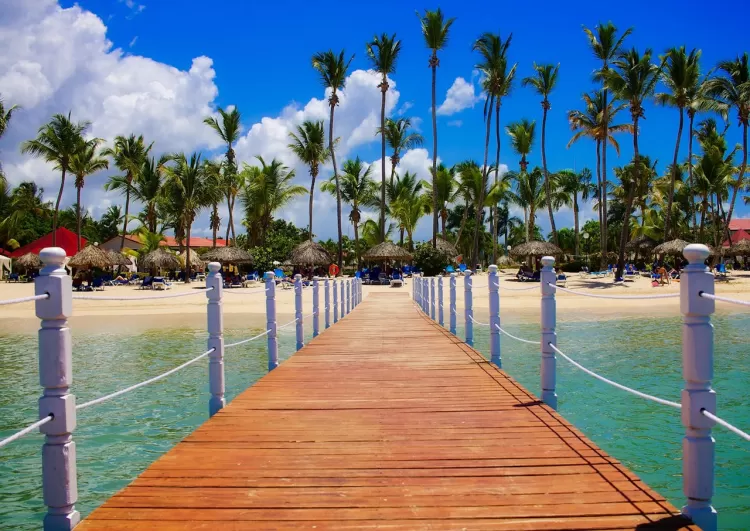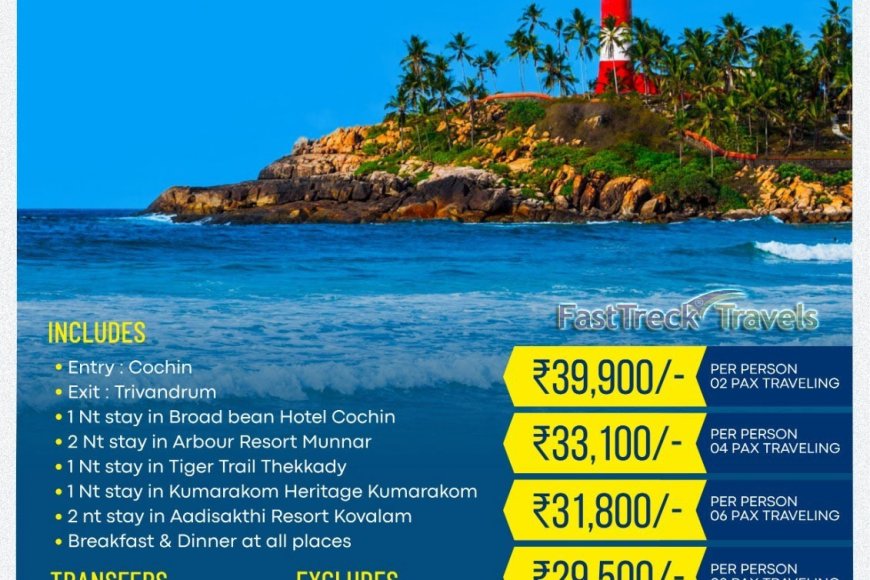India’s marks advance in deep sea mining with Andaman Sea expedition

Join our WhatsApp Community to receive travel deals, free stays, and special offers!
- Join Now -
Join our WhatsApp Community to receive travel deals, free stays, and special offers!
- Join Now -

The India’s government organisation dedicated to developing technologies for exploring and harnessing ocean resources has been exploring parts of the Indian Ocean for the last few years. In October, the National Institute of Ocean Technology conducted a successful exploratory mining trial in the Andaman Sea, between India’s Andaman and Nicobar Islands and Myanmar, for obtaining polymetallic nodules from the seabed.
This trial followed surveys and identification of polymetallic nodules within the country’s exclusive economic zone by the Geological Survey of India. The Indian government has rights to explore this area in the sea, which extends approximately 200 nautical miles from the coast, for resources. The area includes the Andaman and Nicobar Islands in the Bay of Bengal and the Andaman Sea, and the Lakshadweep Island group in the Laccadive Sea.
The scientists at National Institute of Ocean Technology, under India’s Ministry of Earth Sciences, employed a machine called Varaha-3, specially designed for this location.
“A machine was developed that can withstand the rigors in the Andaman Sea with it being a rocky area, very unlike the soft soil found at the abyssal plain, and also mine with minimal environmental impact,” said a senior scientist from the deep-sea mining team at National Institute of Ocean Technology, who asked not to...
What's Your Reaction?
 Like
0
Like
0
 Dislike
0
Dislike
0
 Love
0
Love
0
 Funny
0
Funny
0
 Angry
0
Angry
0
 Sad
0
Sad
0
 Wow
0
Wow
0



















































